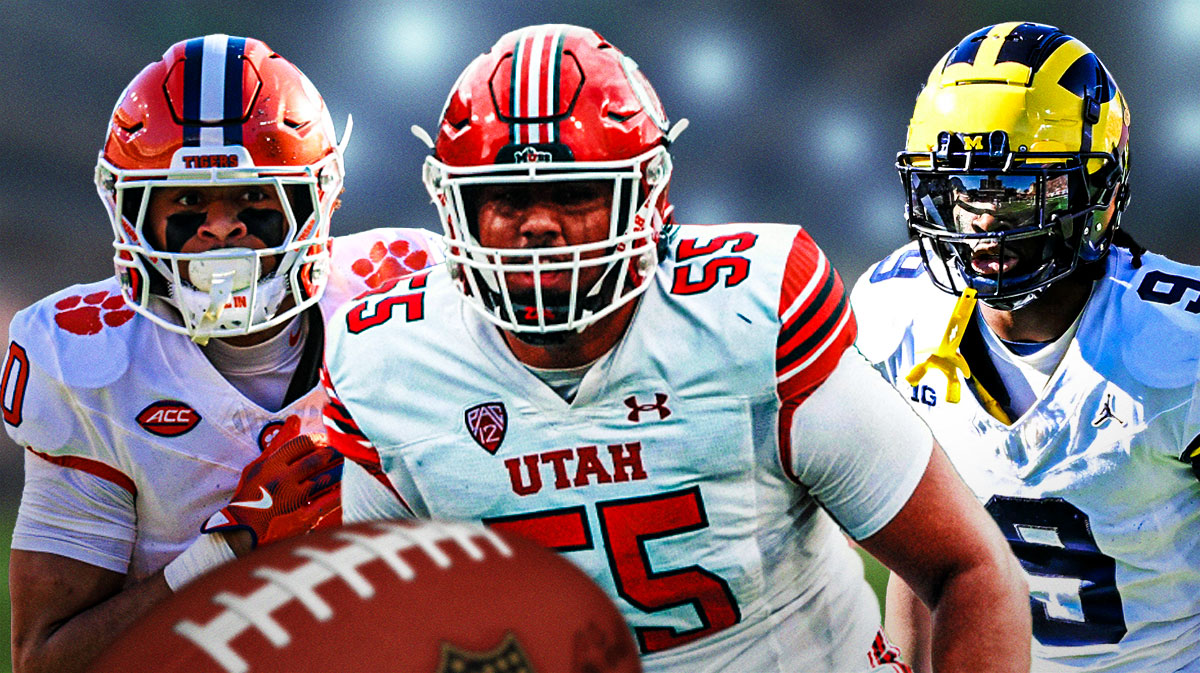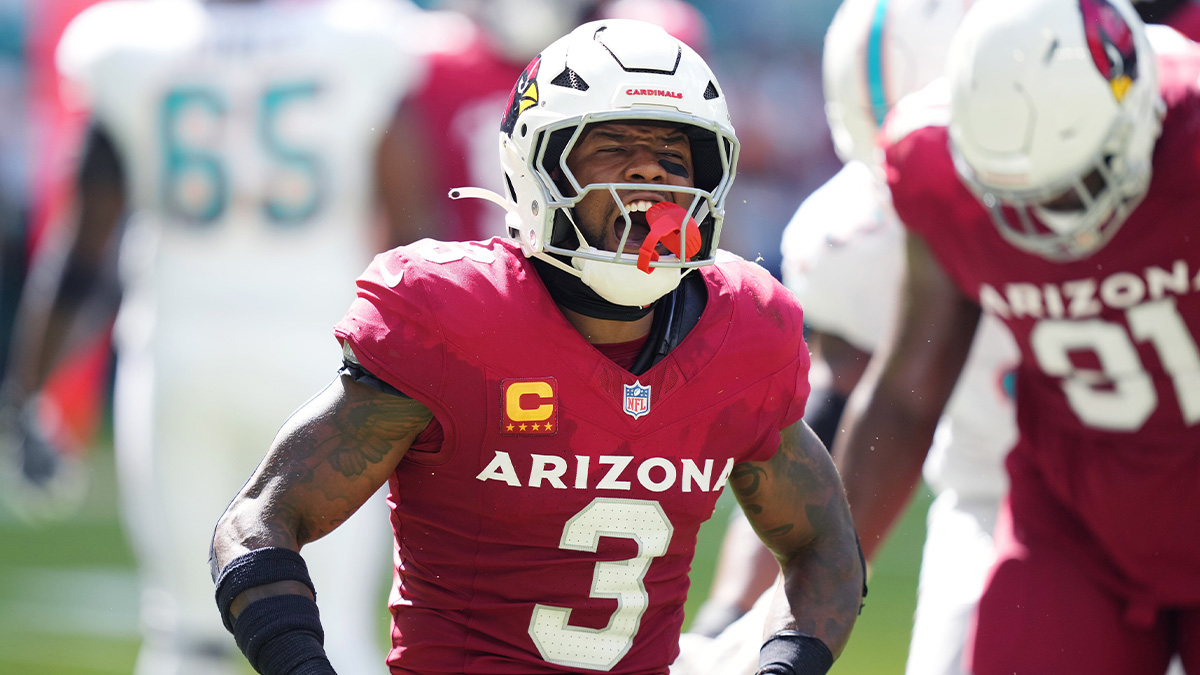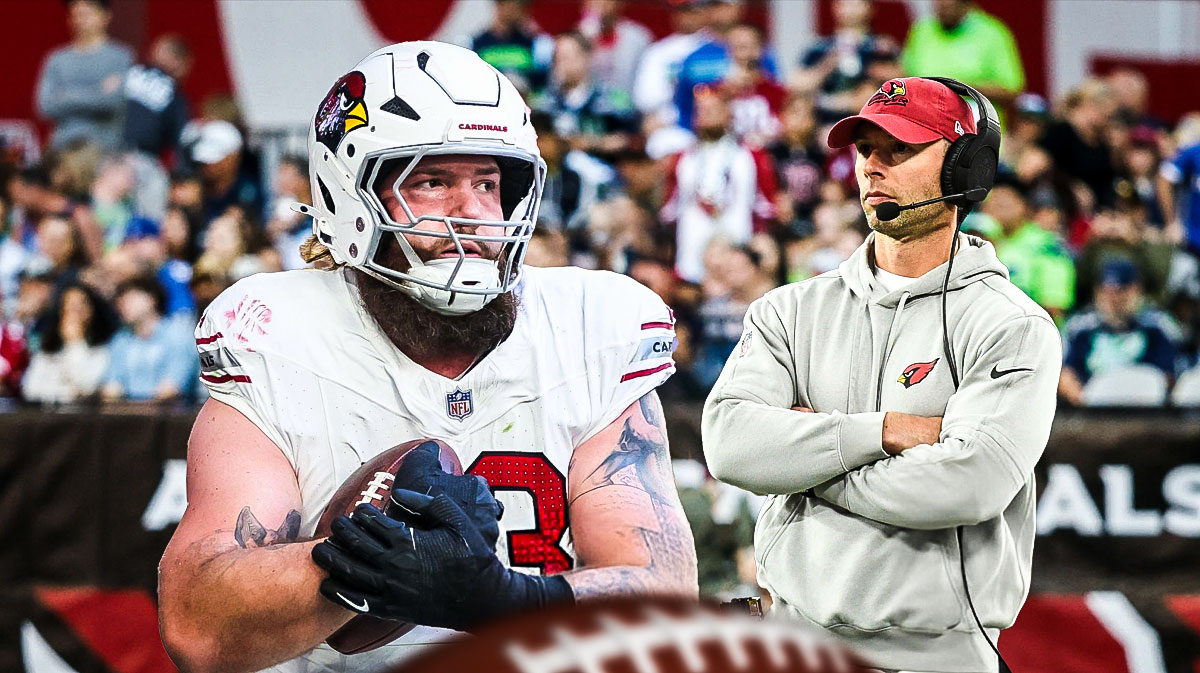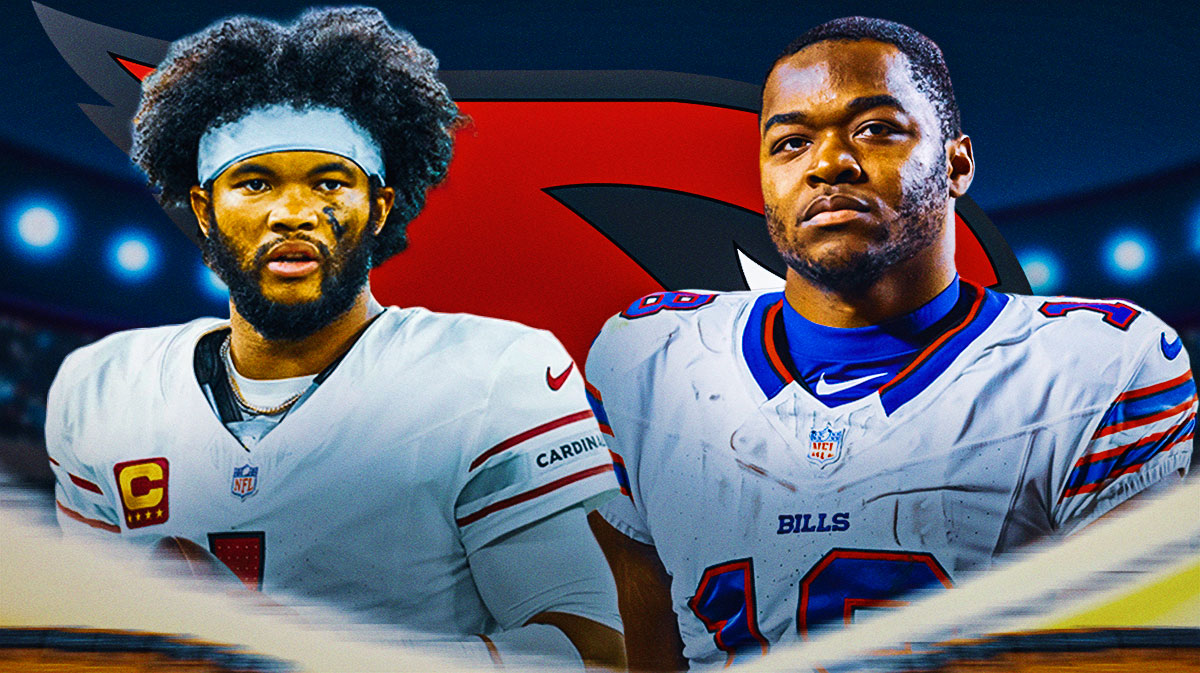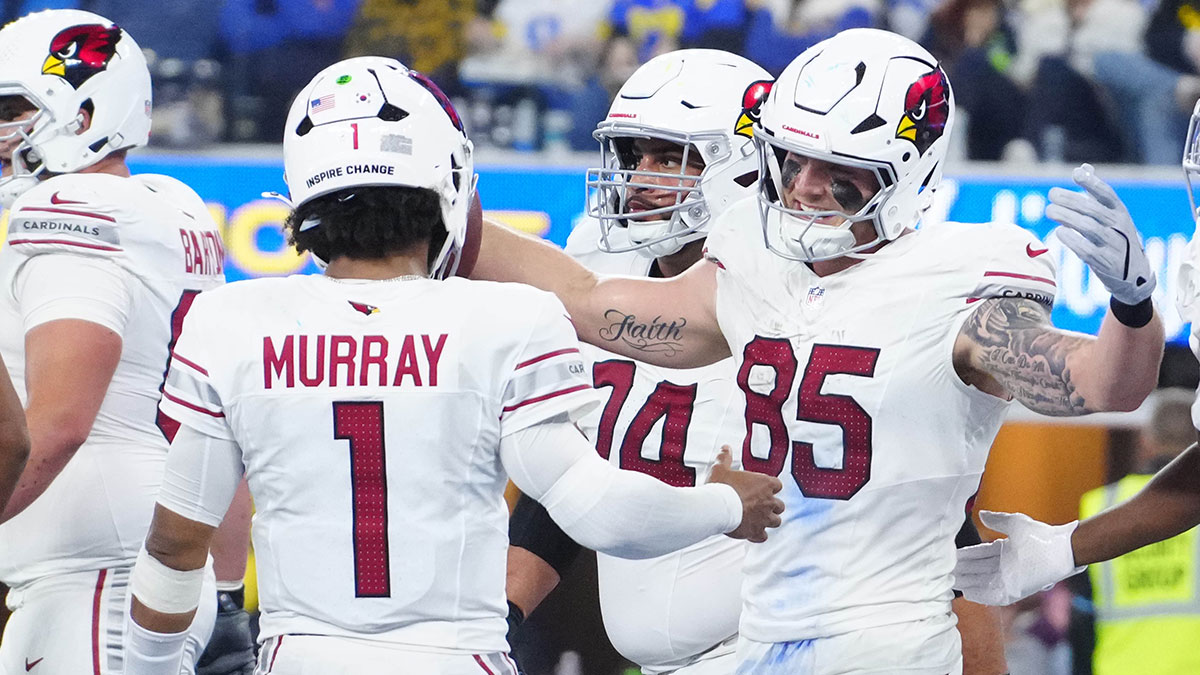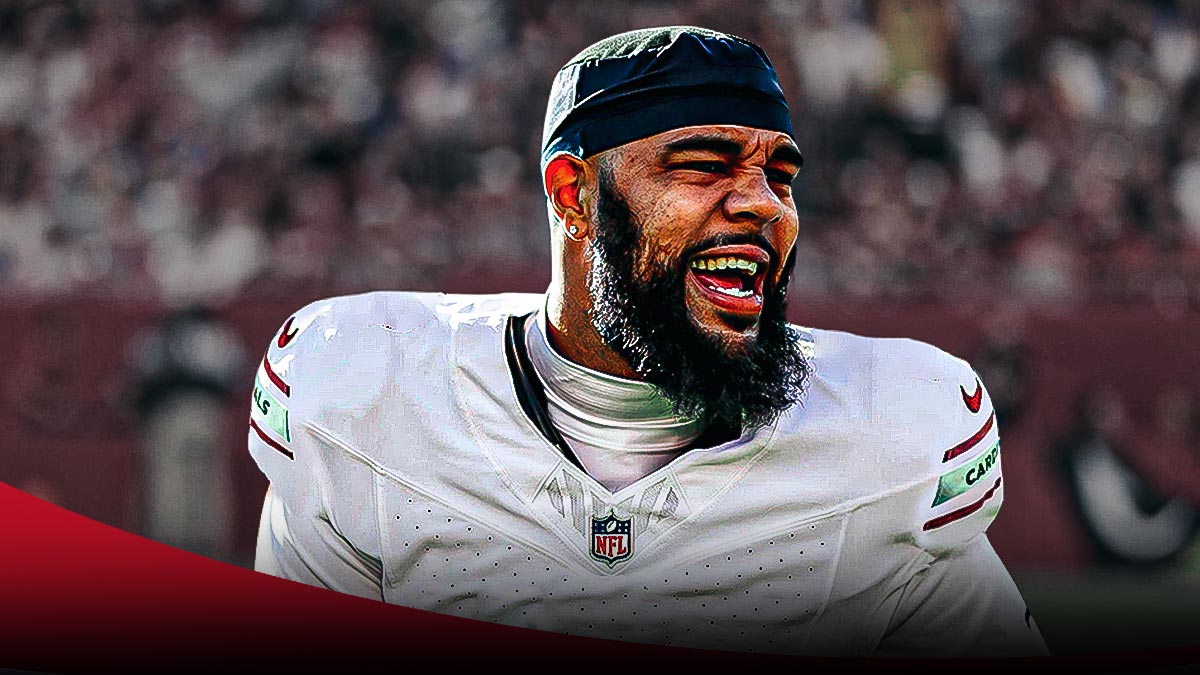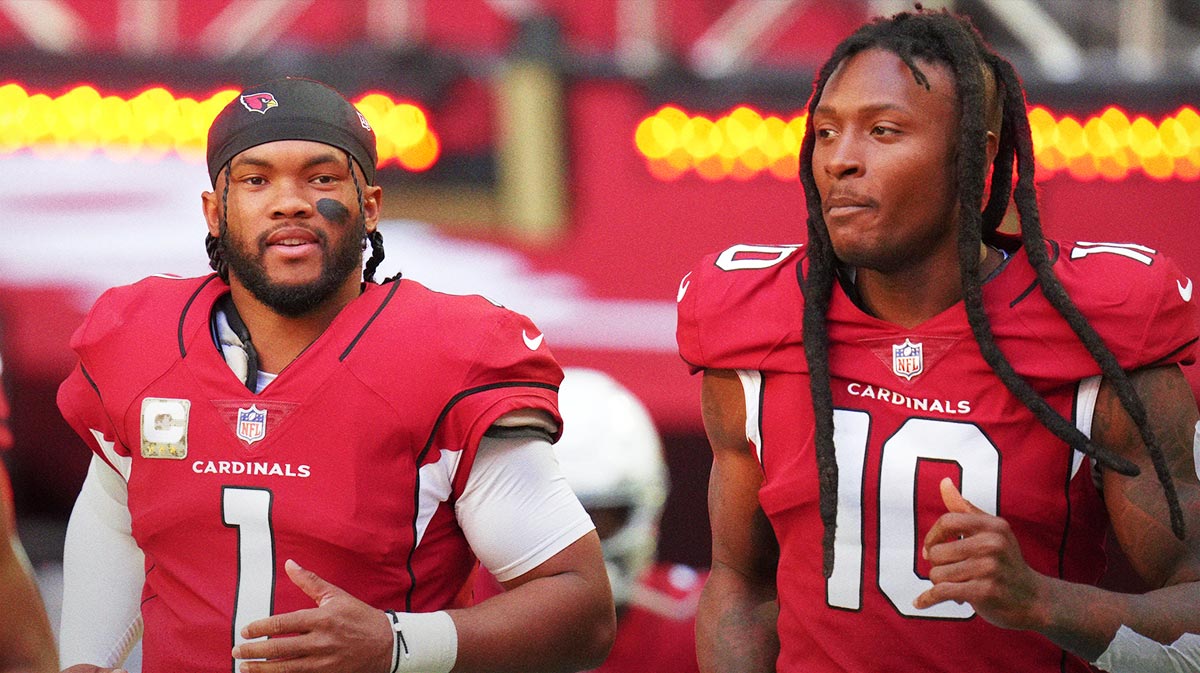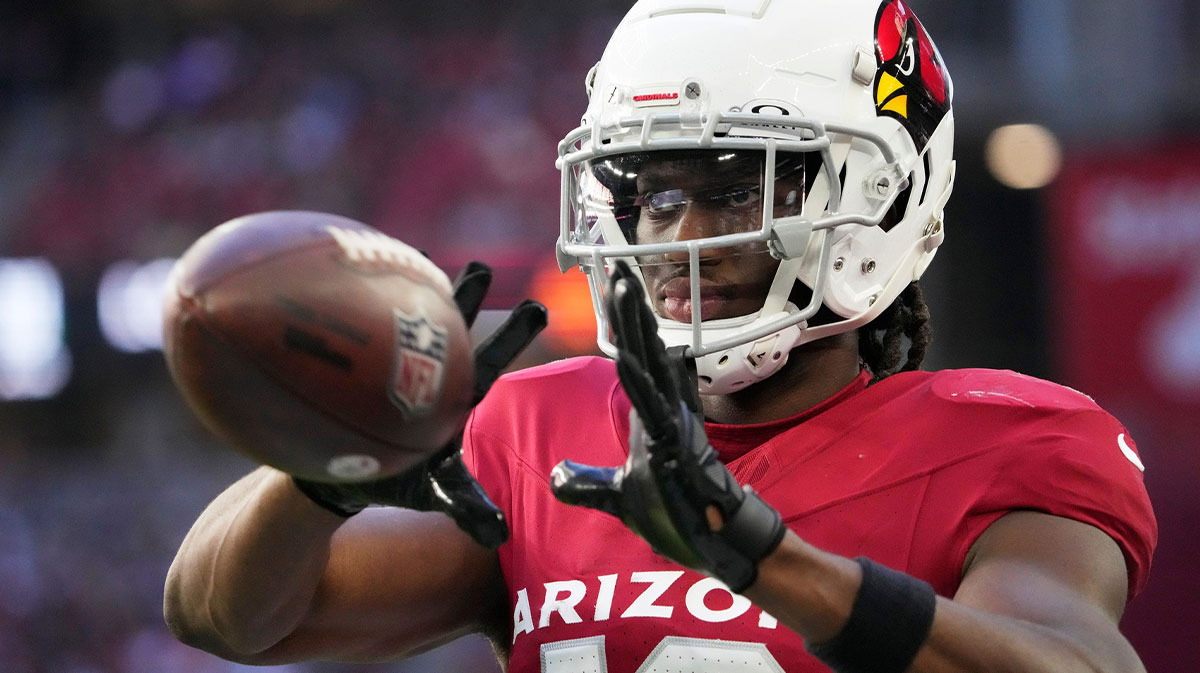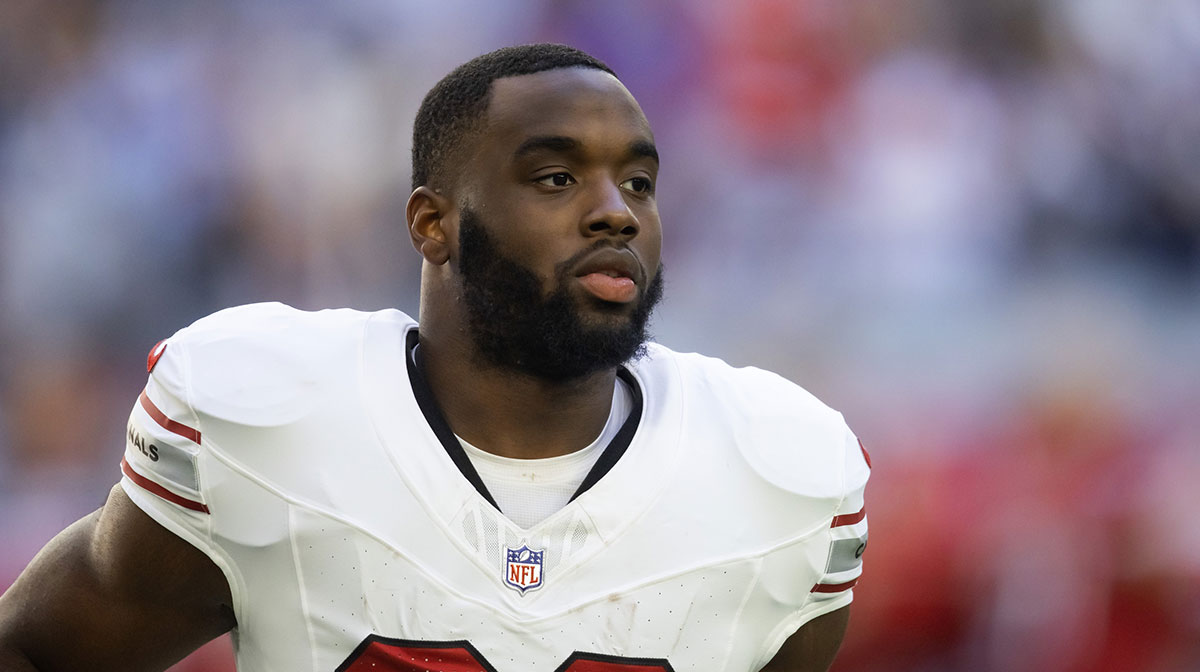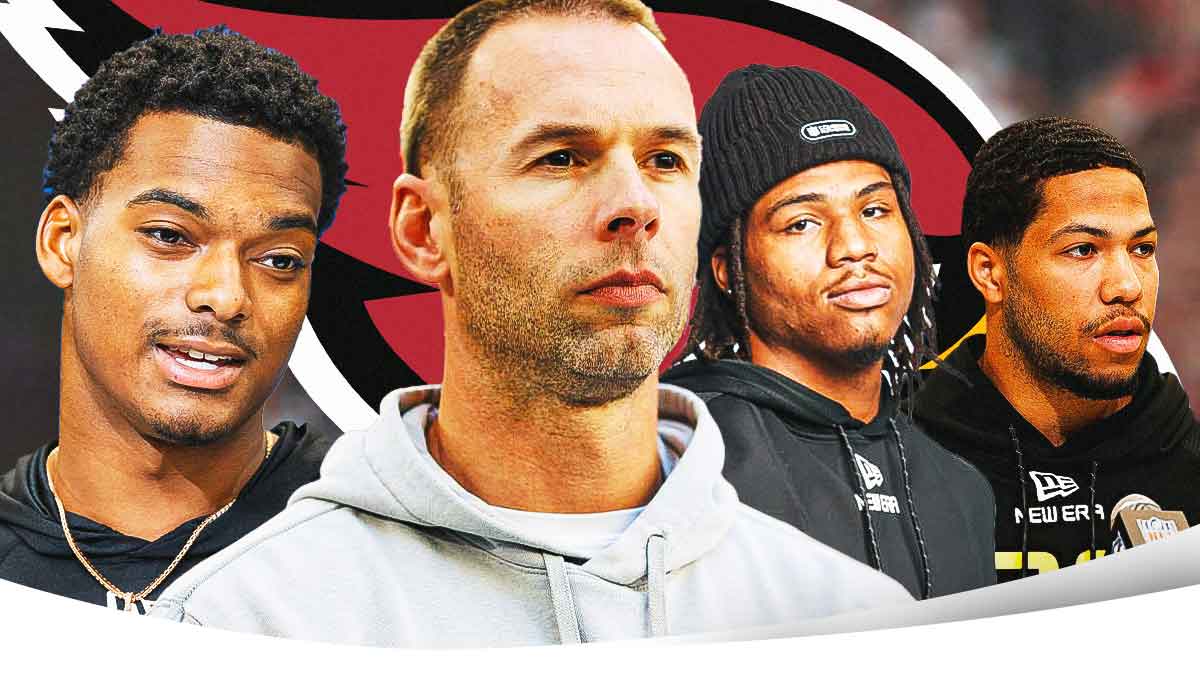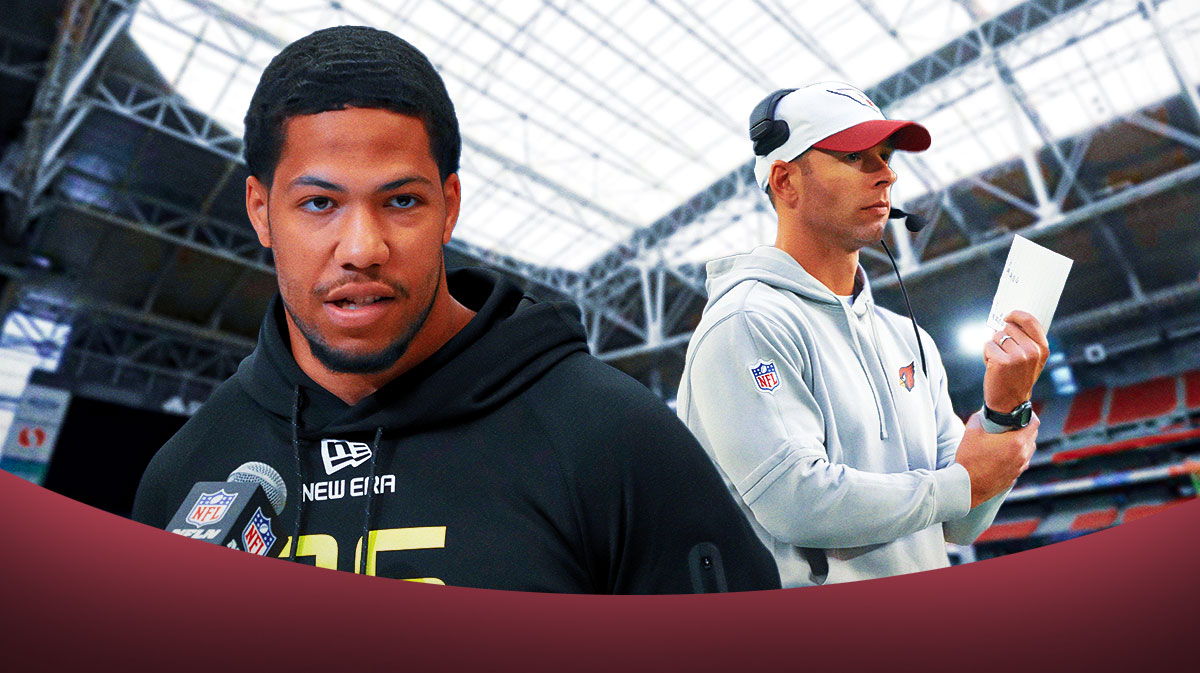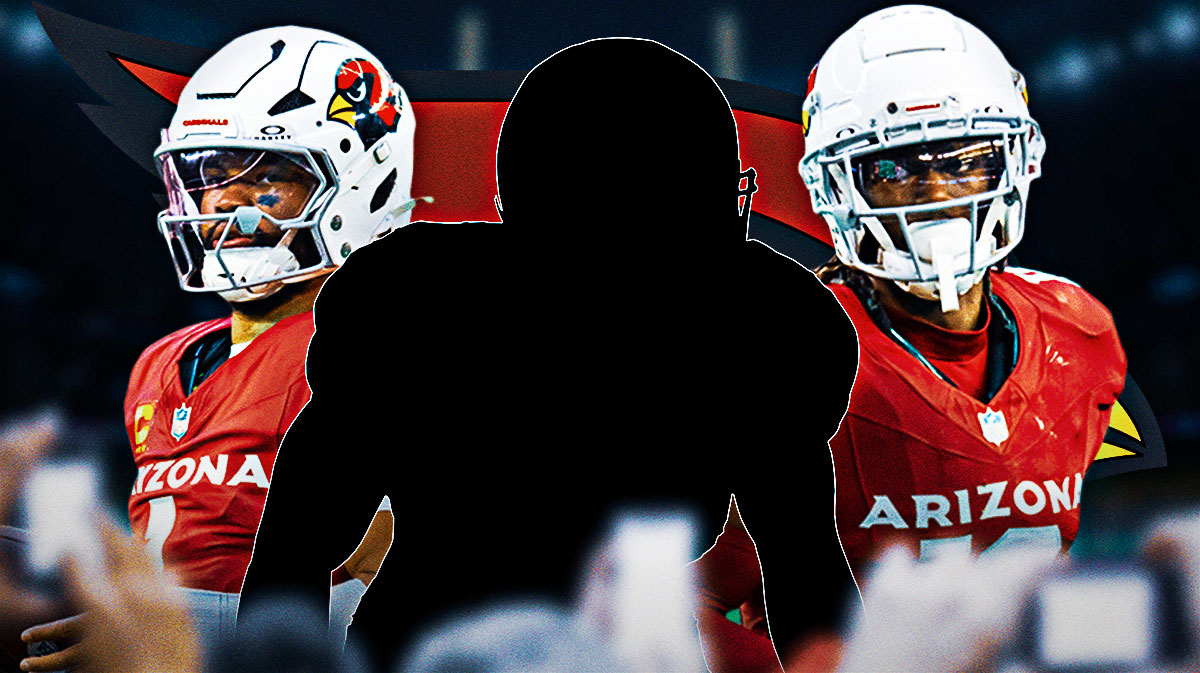The 35+ year development of the Air Raid scheme brought to light by Hal Mumme has matured from a widely considered gimmick to a lethal college attack to now an NFL offense. By way of the hiring of Mike Leach protege Kliff Kingsbury — and the subsequent getting of his guy (Kyler Murray) — the Arizona Cardinals are the first pro team to delve deep into the exoticism of the Air Raid.
Though many — and now most every NFL offense — run plays stemming from the playbook, Kingsbury is the only NFL head coach to be a direct descendant of the extensive Mumme-Leach coaching tree.
In NFL fan circles, the Air Raid is an oddity. It puts up points and Heisman winners alike at a rapid pace, but its fit within the lines of pro football is unknown (literally, as hash marks are smaller). Many view the offense as a dumbed down version of a pro-scheme and a mockery of what hard-nosed football should be.
Part of that is true. The Air Raid has a certain type of graciousness and finesse underlying the scheme. But it's in no way dumbed down. Throughout its years, the offense has been meticulously built by a bevy of historic college coaches and teams; in turn, making it wildly successful (and popular).
Air Raid offenses have churned out NFL talent, and Kingsbury is part of that. He played a significant impact on the football careers of Case Keenum, Johnny Manziel, Patrick Mahomes, and Baker Mayfield. Now he gets to do it with Kyler Murray — also stemming from an Air Raid (Lincoln Riley's [who doesn't deviate much from Kingsbury's call-style]).
Despite a successful track record with quarterbacks, critics remain and are in abundance concerning Kingsbury. It's justifiable, as he had a losing record at Texas Tech, and again, most have no idea what exactly the Air Raid is.
It's a read-based scheme for both quarterbacks and receivers. Plays and route combinations are designed with angles, spacing, and timing in mind. The playbook is limited in the number of plays but each has several variations. It's a quarterbacks dream offense that allows him to easily read defenses via deception and exploitation. In short, the Air Raid is a lot more complex than perceived.
There is a multitude of different versions of it; from Mike Leach's back-heavy, originally inspired concepts, to Art Briles “Bear Raid” that thrives on the read-option, to Kliff Kingsbury's five-wide orientated one. But they all have a key aspect in common; the mesh.
There may be no better play call to define the Air Raid than the mesh. The mesh concept is the building block of every Air Raid scheme. It's aggressive, smart, and nearly undefendable when played right.
That's so Air Raid.
The play started when Air Raid Godfather Hal Mumme stole it from BYU in the early 80s via Lavelle Edwards. Every single Air Raid coach and playbook has it as a principal of their playbook, but the iterations of it vary. However, to start it off, here are the bare-bones ideologies of the play:
- Shallow crossers ran 5-7 yards or under.
- Deep routes to pull defenses out.
- A quick-hit route outside to continue to keep defenses on their toes. This is often a comeback, curl, or corner.
- Play-action is used often to get a timing advantage.
And a further explanation:
- The first read is always the outside corner — usually run by the best receiver on the team. When a cornerback is playing a little looser, the receiver will quickly run and cut outside for an easy catch and completion. If the defender is pressing or playing close, the receiver options the route based on leverage.
- The star route combination for the mesh lies between the two crossing routes. The two receivers will run close to each other when they meet the middle point — so close that they often high-five each other. The two concept puts immense pressure on the defense, whether it be man or zone.
- If it's man defense, the two crossers attempt to disrupt by essentially forcing the defenders to either collide or move out of each other's way — a rub or a pick in football vocabulary.
- When it's zone, option routes come to play with either cross. A linebacker will often be forced to pick up the two, and one will option to a streak, out, or curl to further complicate things and divert attention to or away from him. The outside corner route is also modified against zone depending on the coverage.
- Decoy routes by way of receivers running deep down the field. What they do is force the defense to not sit in underneath coverage — such as cover-2 — as it pulls them out.
- Those deep routes are essential as it adds a vertical threat to what is known as a horizontal-hitting play. They are rarely thrown to unless the quarterback or coach is feeling frisky or is wide open.
- The mesh is a 1-2-3 outside-to-inside-flood read with decoys to put more pressure on defenses. It's supposed to be a quick pass. If the corner from the outside receiver isn't open, one shallow crosser often is. In that nature, it's a beauty and one that gives headaches for defensive coordinators.
- The ball should be out of the QB's hands in about two seconds.
Now, below is a play design similar to what the Kingsbury mesh concept may look like in the NFL. This is with its most basic thought processes in mind — as previously mentioned. However, for the sake of his signature five-wide offense, the play lacks a back. Instead, it's substituted for a slot receiver to create the shallow crossers.
This isn't precisely what a Kingsbury five-wide play is — as it's a rendition with his five-wide preferences and core elements of the mesh — but it's eerily similar.

The play above is out of shotgun — Kingsbury's typical formation — and has a triple stack on the right side. That stack is used to flood zones and pull defenses out via a deep post and wheel route from the two outside receivers. On the left side, the receiver runs the staple corner route with a leverage-based option.
The middle is where all the action is via the two shallow crossers. Note the option route by the left side slot; this is for dissecting zone. The receiver can turn upfield, run a deeper cross, or a curl to force movement and confusion against linebackers, safeties, or nickel-backs.
In 2019, expect to see a similar play to the one designed often and a heavy dosage of the concept by the Cardinals. But don't get it twisted; Kingsbury's offense won't be the first to run the mesh in the NFL.
Though simple when diagramed, it's a nightmare for defenses in that is can beat zone or man and is easily adjustable with options, motion, play-action, or formation shifts. Tune into a Chiefs, Patriots, Eagles, Rams, or Browns game, and you'll see the mesh called upon often for easy first downs.
However, Kingsbury will bring a new twist to the mesh; his playbook is filled with variations of the play for any circumstance or personnel. In that sense, the Cardinals offense is going to be one of the most radical in the NFL; in large part due to one play.

